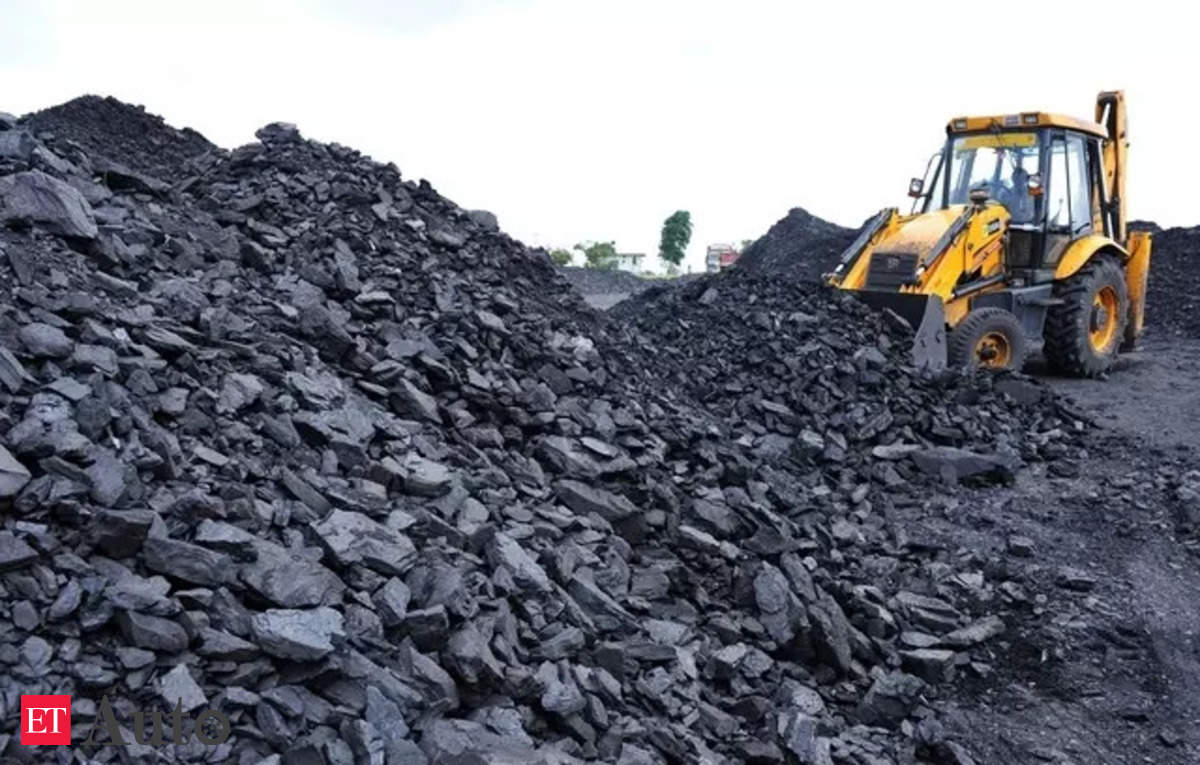The Deccan Trap is a large igneous province of west-central India that consists of numerous layers of solidified flood basalt that erupted about 66 million years ago. The region covers about 500,000 square kilometres and has a volume of about 1,000,000 cubic kilometres.
The Deccan Trap has a number of natural resource potentials, such as:
Building materials:
The basalt rocks are used extensively as building stone, road metal, and aggregate in cement concrete.
Soil:
The black soil formed over the Deccan Trap is a rich soil particularly suitable for raising cotton.
Bauxite:
The Deccan Trap contains high grade bauxite, which is useful in petroleum filtration and in the manufacture of aluminum and alumina cements.
Groundwater:
The vesicular parts of bedded lavas make good aquifers and yield fair supplies of underground water.
Oil and natural gas:
Recently, the National Geophysical Research Institute (NGRI) has noticed the presence of oil and natural gas in the Deccan region that spreads over parts of Telangana, Karnataka, and Maharashtra.
Important minerals: Minerals such as zeolites, olivines, pyroxenes, and uranium are present in the Deccan Trap.
Rare earth elements:
Lithium deposits are found in areas of Maharashtra and Karnataka.
Fossils: The Deccan Trap is famous for the beds of fossils that have been found between layers of lava, such as the frog Oxyglossus pusillus.
